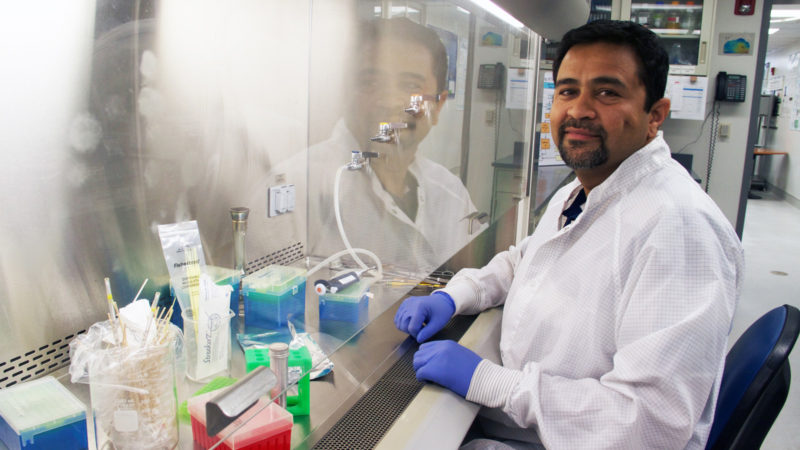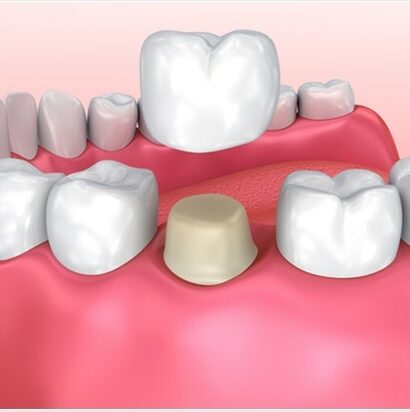ELISA is an antibody-dependent technique for measuring the concentrations of peptides, proteins, chemicals, and the hormones in biological samples. In a sandwich-based ELISA technique, you have a 96 well plate containing immobilized capture antibodies. Once you have an ELISA plate with immobilized antibodies, the next step you do is to add the sample containing your analyte of interest. In this way, you have a complex formation between your analyte of interest and the immobilized antibodies. This is followed by the addition of a detection antibody which leads to the formation of a sandwiched pattern which gives the technique its name.
Mechanisms of the Reagents used in the ELISA technique –
The underlying mechanism that is involved in the process of ELISA Method utilizes the absorbing capacity of the antigen to a solid surface of the 96 well polystyrene plate. This plate is placed immersed within an appropriate dilution of the serum. The reaction proceeds ahead with the addition of an enzyme labelled antibody subsequently followed by the substrate addition. The added enzyme acts on this substrate which results in the production of a coloured reaction. This coloured reagent is then interpreted to know the presence and amount of the analyte of your interest.
Steps Involved in the development of the ELISA technique –
- Take a 96-well polystyrene plate well-coated with your desired capture antibody.
- Later, load your sample. Any antigen present in the sample will instantly bind to the immobilized capture antibody.
- As soon as you wash off your antibody plate, the bound antigen-antibody complexes remain adhered to the polystyrene plate and rest everything is washed off.
- Later, a secondary antibody or the detecting antibody is added to the polystyrene well. This secondary antibody adheres to the antigen-antibody complexes previously formed.
- In the next step, you add a secondary antibody which is previously linked to the desired enzyme. This enzyme-linked secondary antibody recognizes the presence of the detecting antibody.
- After washing your plate, all the excessive antibodies will be washed off, leaving behind only the sandwiched antigen-antibody complexes.
- Lastly, a chromogenic substrate is added for provoking a fluorescent or a chromogenic signal meant for detecting the presence of the sandwiched antigen-antibody complex. The positive reactions are indicated by the presence of the coloured reactions in the well.
Advantages of the ELISA Method –
Following are the benefits of the Enzyme-Linked Immunosorbent Assays –
Simple –
The ELISA technique employs the use of a microtiter plate for testing multiple samples at one go. ELISA is compatible equipment providing a higher throughput capacity which is known for its fast and inexpensive way of estimation.
Sensitive –
All the readouts of the ELISA technique are derived by using the enzyme catalysts or the fluorescent tags, which facilitates efficient signal amplification. This provides an optimal detection range for all the critical bioassays inclusive of diagnostic assays.
Versatile –
A wide array of ELISA systems involving multiple reagents can be utilized here. First of all, you need to allow for a passive immobilization of the reagents of concern to solid phase support which helps in facilitating easy separation and detection of bound or unbound reactants.













